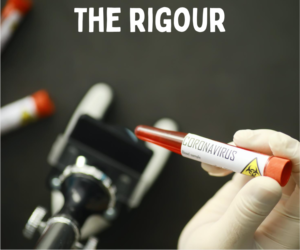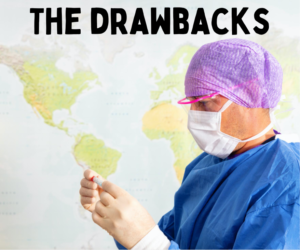How many tests are there? What are the differences between one test and the other? Which one is the most effective? Which one suits me best? Today, there are only two ways to test for coronavirus: a rapid test and a PCR. This article should help you answer all the above questions and explain in a concise and straightforward way what each one represents.
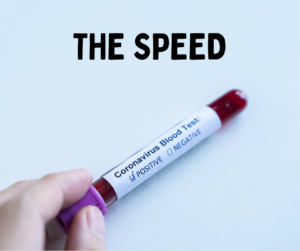
As you may have guessed, the rapid test has earned its name for the speed with which it delivers the result to the patient. Today, the doctor can tell you if you have been infected with the coronavirus within 5 minutes.
However, PCR takes longer to produce the result. The sample is sent to a laboratory and, in theory, it has to take 24 hours, while, in practice, there have been cases of people who have had to wait up to 2 weeks to know their result.
The method of extracting the biological material constitutes another difference between the two tests. As for which method is more or less painful, it depends on the case and your personal sensitivity. PCR consists of a respiratory sample: nasal or throat swab. While the La Siesta Clinic rapid test requires a sample of venous blood from the arm extracted with a painless fine needle.
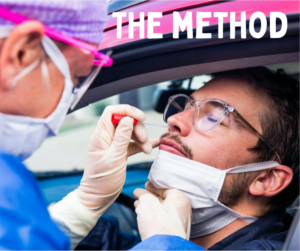
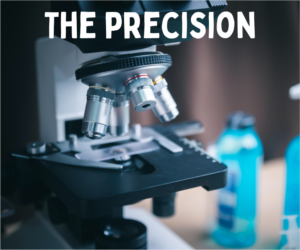
The Clínica La Siesta rapid test: among 126 infected subjects, confirmed by clinical research, 110 samples tested positive for the IgG and IgM antibody test, hence the sensitivity was 87.3%. Among 62 uninfected subjects, 62 samples tested negative IgG and IgM antibody test, the specificity was 100%. An overall consistency of 91.49%.
According to studies, PCR is also not 100% accurate, especially when it comes to a negative result: the amount of viral RNA that is collected with the sample is sometimes insufficient to produce a reliable result. According to the research carried out by Fang et al. (2020), the sensitivity of PCR is 71%.
The rapid test detects if a person has had the disease and detects two types of antibodies, IgG and IgM. The former are the residual antibodies, so they indicate whether you have had the disease in the past. And the latter are recent antibodies that are the first to appear, and they disappear after a short time (15 days), therefore, they indicate if you are suffering from the disease at present.
The PCR detects the viral load specifically of COVID-19 and indicates whether you have an active infection. So, if you present symptoms and test positive in the rapid test, you will need to proceed with the PCR, so that public health workers can decide whether isolation is necessary for you.
